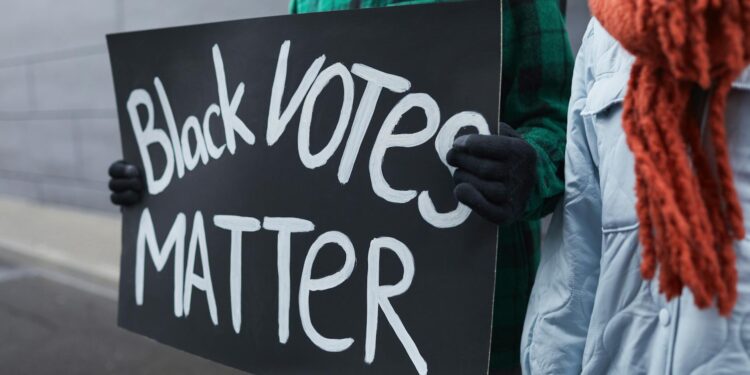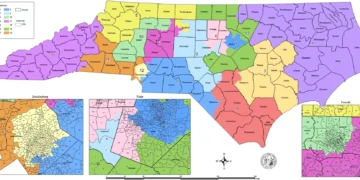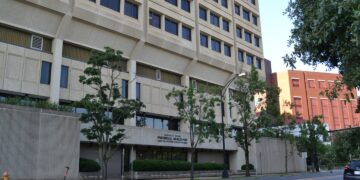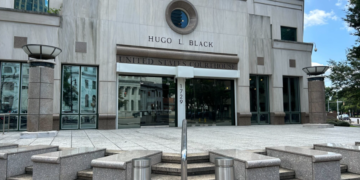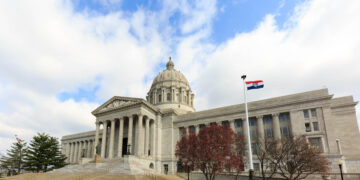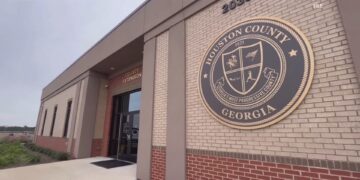March 6, 2025 Story by: Editor
Sixty years ago, civil rights activists attempting a peaceful march from Selma to Montgomery, Alabama, to advocate for equal voting rights faced violent repression from law enforcement. The tragic events of what came to be known as Bloody Sunday served as a pivotal moment leading to the passage of the Voting Rights Act of 1965.
This landmark legislation effectively safeguarded against racially discriminatory voting practices for decades. However, subsequent Supreme Court rulings have weakened its protections, and data from the 2024 elections suggests that the progress made by activists is now being undone.
A December analysis by the Brennan Center revealed a growing disparity in voter participation between Black and white voters in Georgia during the 2024 elections. Now, a new study finds a similar trend in Alabama.
In Alabama’s 2024 elections, the gap between white and Black voter turnout widened to its highest level since at least 2008. The white–Black turnout gap reached 13 percentage points, up from 9 percentage points in 2022, while the white–nonwhite turnout gap expanded from 13 percentage points to 19 percentage points. If Alabama’s eligible non-white voters had turned out at the same rate as eligible white voters, more than 200,000 additional ballots would have been cast in 2024.
Since the 2022 election, both the white–Black and white–nonwhite turnout gaps have increased by nearly 50 percent. Compared to the last presidential election, the disparities have grown by 65 and 44 percent, respectively. This widening gap occurred even as overall voter turnout declined in 2024 compared to 2020. The decline was especially steep among Black voters, whose turnout fell by 6 percentage points, while white voter turnout dropped by only 1 percentage point.
In 2008 and 2012, Black and white turnout rates were much closer. However, in the years since, Black voter participation has steadily declined, while white turnout has remained significantly higher. As a result, Black voter turnout in Alabama is now at its lowest level since before the Obama era.
While the precise cause of this widening turnout gap is uncertain, the rise of restrictive voting laws following the Supreme Court’s decision in Shelby County v. Holder is likely a contributing factor. Research indicates that a decade after this ruling significantly weakened the Voting Rights Act, racial turnout gaps are increasing nationwide, with particularly sharp rises in states like Alabama, which was previously subject to the “preclearance condition” that was suspended under Shelby County. Although measures like enacting a fairer congressional map in Alabama helped increase turnout for some Black voters in 2024, the overall impact of restrictive voting laws continues to limit equal electoral participation.
The erosion of voting protections and the expanding racial turnout gap are pushing Alabama further away from an inclusive democracy. The late Rep. John R. Lewis, who was among the peaceful protesters attacked on Selma’s Edmund Pettus Bridge 60 years ago, underscored the importance of this fight. In an op-ed published shortly before his passing in 2020, he wrote that it is time to “redeem the soul of our nation.”
Source: Brennan Center


